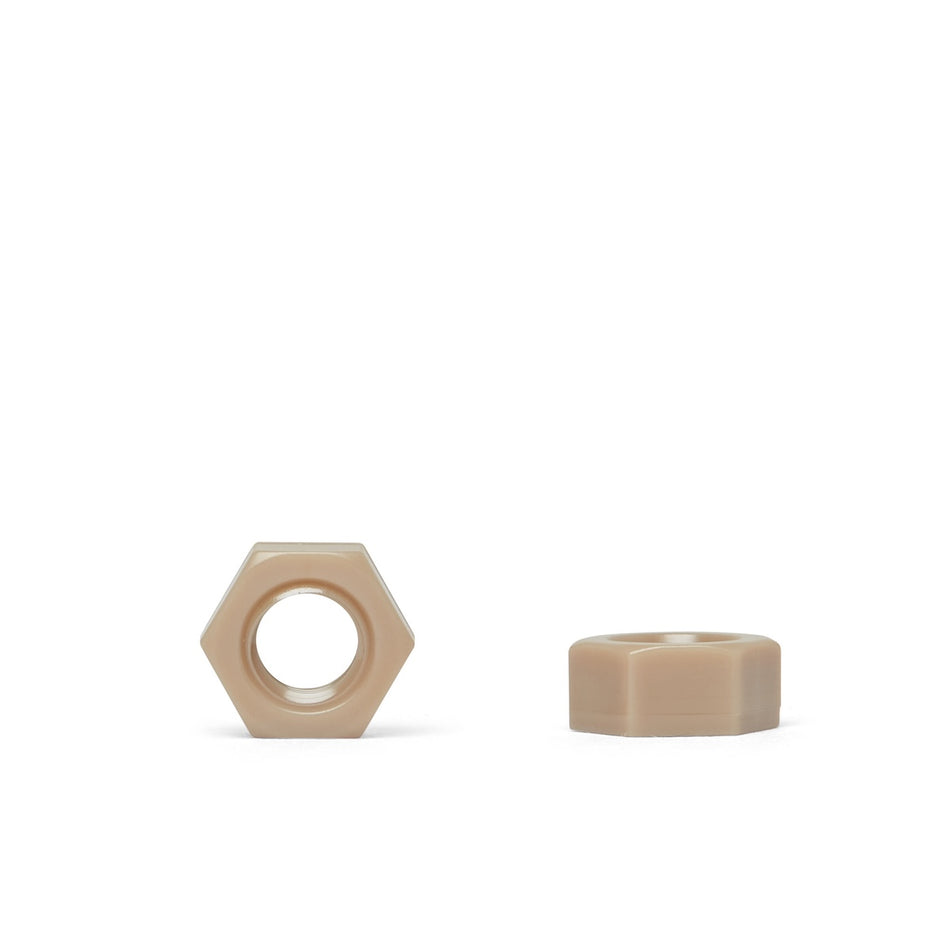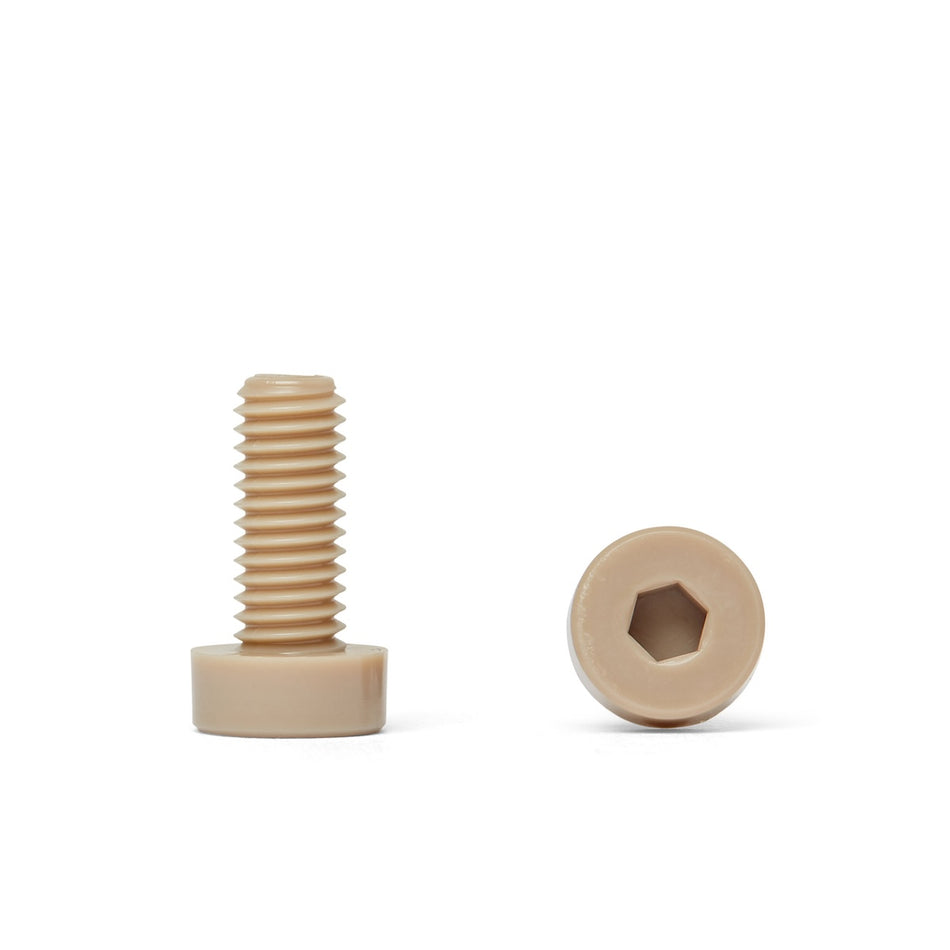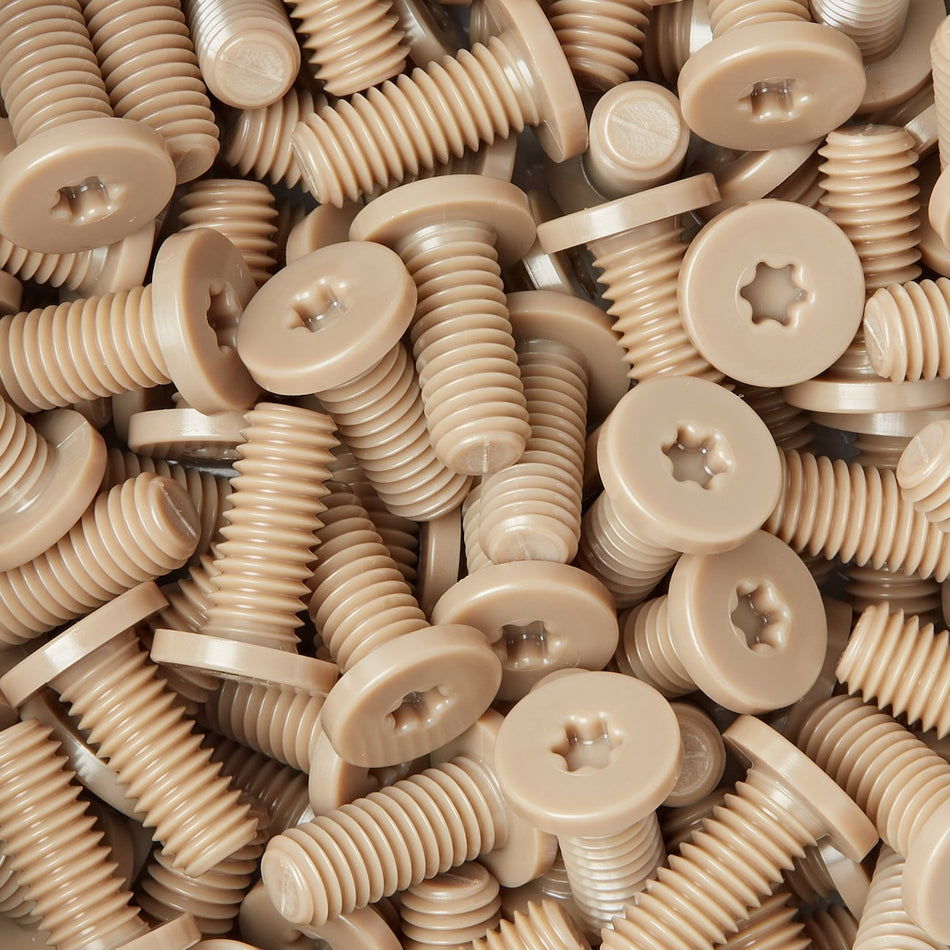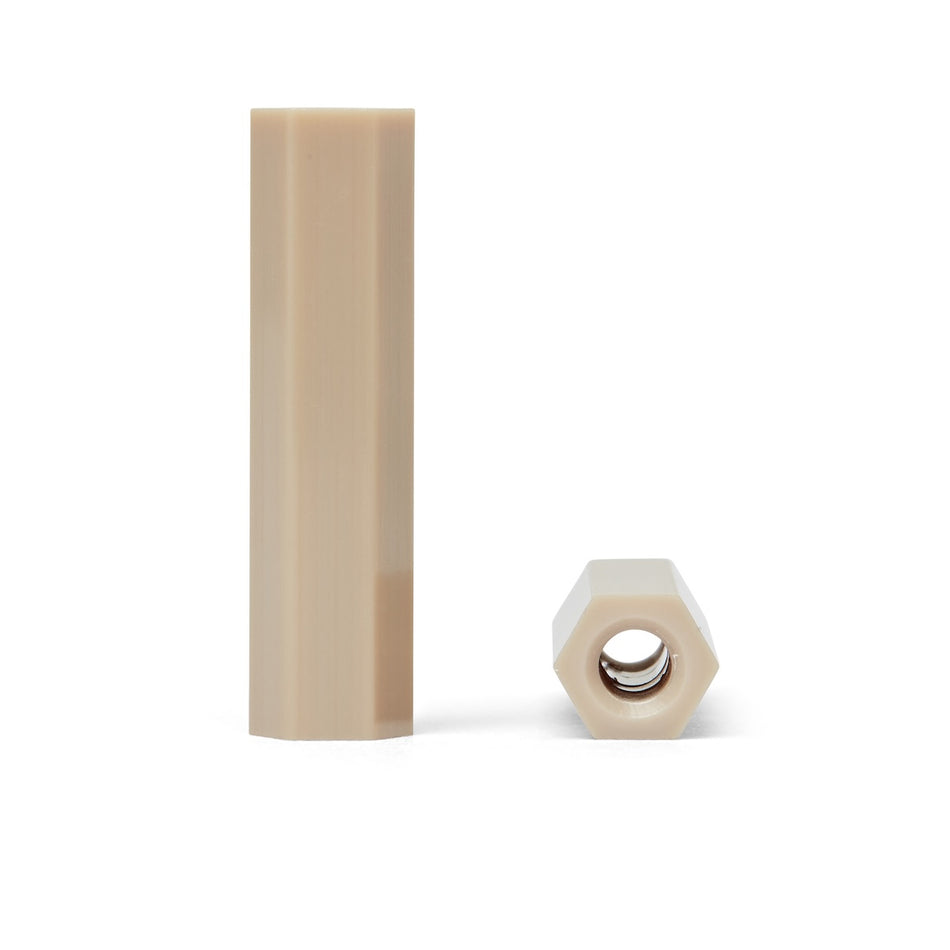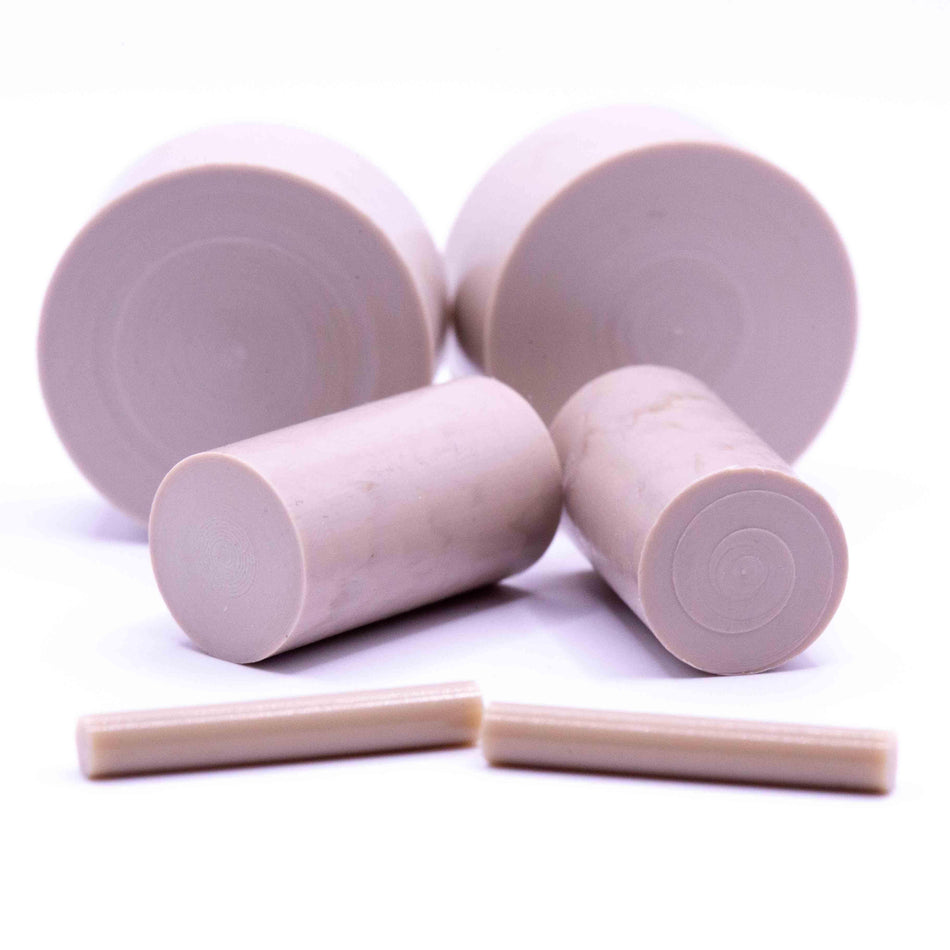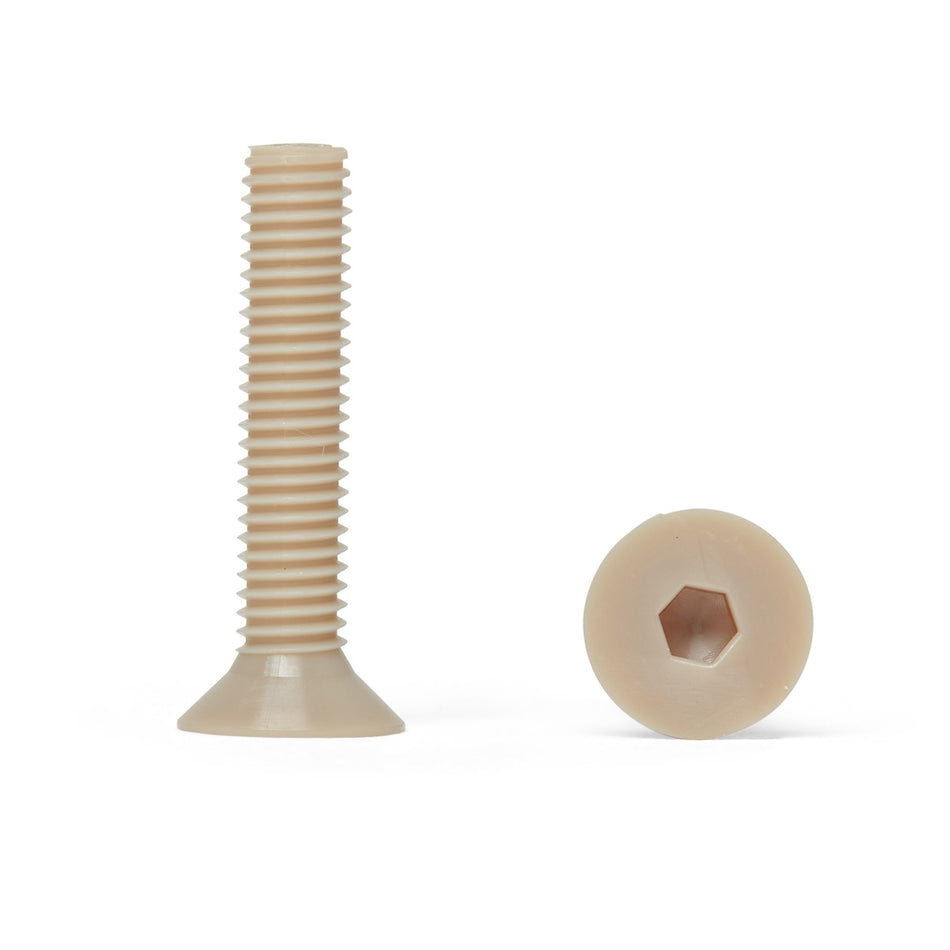72 Products
Polymer Screws, Nuts, Bolts, and Fasteners use in Fume Extraction Systems
Polymer screws, nuts, bolts, and fasteners may be used in a variety of applications related to the design, construction, and operation of fume extraction systems. These types of fasteners are made from a variety of polymers, such as plastic, rubber, or composite materials, and are designed to be strong, durable, and resistant to corrosion.
One potential use of polymer fasteners in fume extraction systems is in the construction of the system itself. Polymer fasteners may be used to secure and fasten together the various components and subsystems of a fume extraction system, such as the capture hoods or arms, the filters, the exhaust fans or blowers, and the ducting. Polymer fasteners may be preferred over metal fasteners in certain situations due to their lighter weight and resistance to corrosion.
Polymer fasteners may also be used in the operation and maintenance of fume extraction systems. For example, polymer fasteners may be used to secure and fasten together the various parts and components of the filters, such as the filter media, the frame, and the seal. Polymer fasteners may also be used to secure and fasten together the various parts and components of the exhaust fans or blowers, such as the motor, the blades, and the housing.
Overall, the use of polymer screws, nuts, bolts, and fasteners can help to improve the performance, reliability, and durability of fume extraction systems, and may play an important role in the design, construction, and operation of these systems.
Fume extraction systems are designed to remove harmful fumes, vapors, and particulates from the air in industrial, commercial, and residential settings. These systems are used in a variety of applications, including welding, laser cutting, painting, and printing, where the generation of harmful fumes is a potential risk to the health and safety of workers and the environment.
Fume extraction systems typically consist of a collection of components that work together to capture, filter, and exhaust the fumes and vapors generated by a particular process or activity. These components may include:
-
Capture hoods or arms: These devices are designed to capture the fumes and vapors at their source, and direct them towards the filtration system.
-
Filters: Filters are used to remove particulates and other contaminants from the fumes and vapors, and may include HEPA filters, activated carbon filters, or other types of filters.
-
Exhaust fans or blowers: These devices are used to create a negative pressure within the system, which helps to draw the fumes and vapors through the system and out of the building.
-
Ducting: Ducting is used to transport the fumes and vapors from the capture hoods or arms to the filters and exhaust fans or blowers.
Fume extraction systems are typically customized to meet the specific needs of the application, and may include additional components, such as alarms, sensors, and control panels, to monitor and control the operation of the system.
Overall, fume extraction systems are an important tool for protecting the health and safety of workers and the environment, and are used in a variety of industries and settings where the generation of harmful fumes is a concern.









